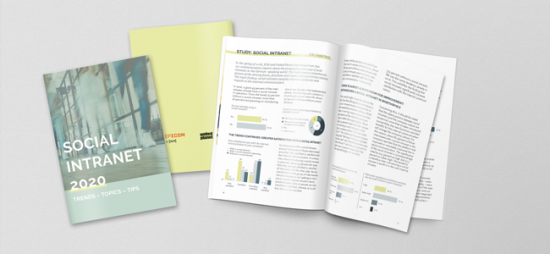With the rise of the digital workplace and today’s focus on employee engagement, it’s no surprise that flexible work options are becoming more popular. Take a few minutes to browse online job postings, and you’ll see an increasing number of businesses offering flexible work arrangements such as telecommuting.
Why are flexible work options becoming so popular? Here are a few key reasons.
The advantages of flexibility
Retention. According to Sara Sutton Fell, CEO and founder of FlexJobs and Remote.co, 89% of companies see lower rates of employee turnover just by offering flexible work options. This correlates closely with the results of a 2018 Deloitte study showing that lack of flexibility is the most common reason millennials quit their jobs.
Satisfaction. FlexJobs reports that only 24% of traditional employees say they love their jobs compared to an overwhelming 87% of employees who work from home.
Productivity. Flexible schedules allow employees to work at times when they’re most productive, which can vary greatly between individuals. In a recent survey published by Zenefits, 78% of employees report becoming more productive when working on a flexible schedule.
In addition to these valuable benefits, employees with flexible work options experience less stress, achieve greater employee engagement and even reduce operating costs.
The challenges of flexibility
Despite its countless advantages, many companies still hesitate to offer flexible work arrangements in light of the unique challenges a digital workplace may present.
Remote teams. It’s true that scheduling meetings or creating team-building opportunities becomes much more difficult when employees are on different schedules in different locations. Additionally, rapport among coworkers is likely to suffer without the presence of a physical water cooler.
Healthy boundaries. Maintaining a consistent work schedule can be challenging when the home office is shared with spouses, children, and pets. Friends and family of employees often want to take advantage of a flexible schedule to spend more time together, and typical household tasks like cooking and laundry may impose on peak productivity hours.
How to create flexibility
Thankfully, there is a solution to unlocking the benefits of flexible remote options without sacrificing employee performance: adopting the right tools. Here are the key areas to focus on in order to increase your chances of successfully creating a digital workplace:
- Provide your employees with the opportunity to share content in a variety of formats, such as videos, documents, pictures, and newsletters, to overcome geographic barriers. Features that enable two-way communication between coworkers and between employees and managers will also save time and add clarity to the professional environment.
- Empower your employees by providing everything they need for the workday in one place. Allow them to access email inboxes, calendars, files, and integrated business apps without toggling between platforms. Even better: if all of that can be accessed using single sign-on (SSO), you can expect to see a dramatic increase in productivity.
- Unite your teams by creating communities that include their own posts, knowledge bases, documents, and calendars. Employees can connect with each other easily through an employee directory or a social network.
- Encourage employees to access their workspace on whatever device is most comfortable for them by choosing a platform that offers responsive design. Opportunities to customize colors, newsfeeds and notifications will help workers feel engaged no matter where they are.
- Enlist a superior digital platform that deploys and updates quickly with as little overhead or downtime as possible. Also, before purchasing a tool, double-check that it will help you create specific user roles and groups and manage their permissions.
About the author

Sebastien Ricard, Co-Founder and CEO of LumApps is leading the digital workplace communications solution for the enterprise.









